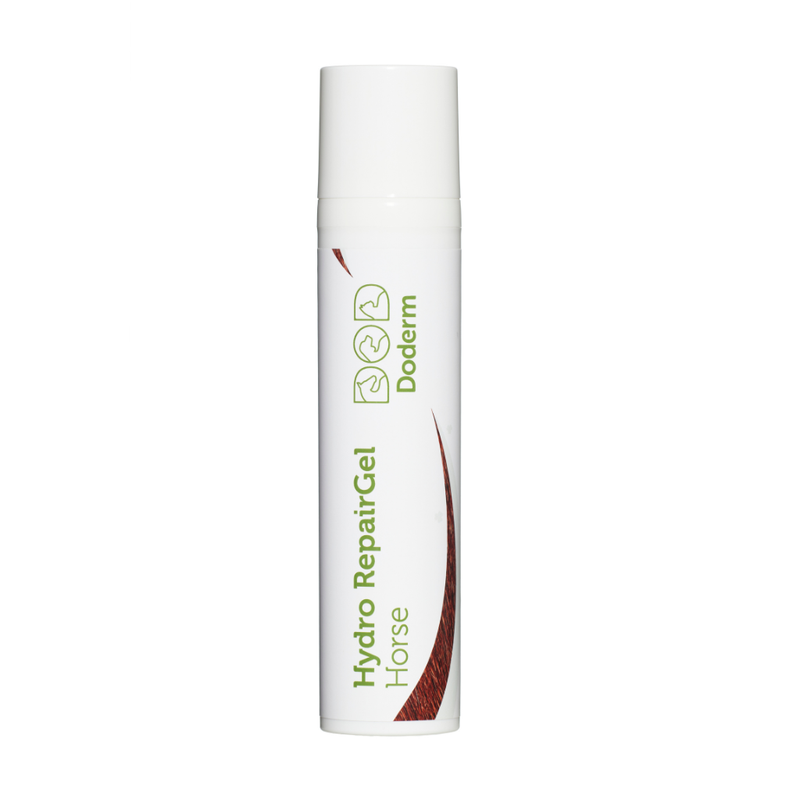Summer brings long days in the pasture, sunshine, and plenty of outdoor time — but for many horse owners, it also brings a hidden burden: sweet itch. What starts as mild rubbing can quickly escalate into a serious skin condition. In this post, you'll learn how to spot the first warning signs, understand what causes sweet itch, and discover how to gently but effectively support your horse’s skin.
What Is Sweet Itch?
Sweet itch is an allergic skin condition caused by a hypersensitive reaction to the saliva of biting insects such as midges (Culicoides), horseflies, or blackflies. It tends to flare up during the warmer months when these insects are most active.
Typical symptoms include:
-
Intense itching
-
Swelling and raised welts
-
Oozing or crusty skin patches
-
Hair loss and bald spots
-
Restlessness, especially in the evenings
Certain breeds — particularly hardy types like Icelandic Horses, Fjords, or Friesians — are more prone to sweet itch due to their origin in regions with lower insect exposure. Once a horse is sensitized, it often reacts to insect bites every season.
Early Detection: Spot the Warning Signs
Sweet itch often develops gradually, making early detection key. Regular skin checks — especially in spring when insects become active — can make all the difference. Look out for:
-
Rubbing along the mane, tail dock, or belly line
-
Small, itchy lumps or welts after turnout
-
Moist or crusty patches on the skin
-
Beginning stages of hair loss
-
Restlessness or agitation at dusk
The earlier you intervene, the better your chances of managing the symptoms and stabilizing your horse’s skin.
Preventing Sweet Itch: What Actually Helps
Sweet itch can’t be cured, but with the right mix of protection, care, and barrier support, symptoms can be significantly reduced.
1. Minimize Insect Contact
-
Use breathable fly sheets with belly flaps and fine-mesh fly masks
-
Turn out during early mornings or late evenings
-
Install fans in the stable — insects avoid moving air
-
Remove standing water and maintain clean pastures
2. Strengthen the Skin Barrier — Gently
Many conventional creams contain harsh ingredients like alcohol, fragrances, or even corticosteroids. These can further stress already inflamed skin. Instead, we recommend microbiome-friendly care that supports rather than disrupts the skin's natural flora.
Doderm – Natural Support for Sweet Itch and Sensitive Equine Skin
Doderm Repair Gel is specially formulated for delicate animal skin — without harsh ingredients and without compromising on effectiveness. Its key ingredient: natural antibodies derived from milk, which target harmful bacteria without disturbing the skin’s microbiome.
Doderm offers:
-
Support for the skin’s natural flora
-
Encouragement of skin regeneration
-
Gentle application, even on irritated areas
-
Free from corticosteroids, alcohol, fragrances, and antibiotics
-
Safe for foals, sensitive horses, and allergy-prone animals
How to use:
Apply Doderm Repair Gel daily to affected areas, ideally after rinsing with clean water. A small amount goes a long way.
Consistent Skin Care Pays Off Year-Round
Even outside insect season, regular skin care makes a difference. A well-supported skin barrier reduces the risk of flare-ups in the following spring and helps improve your horse’s overall comfort and quality of life.



0 comments